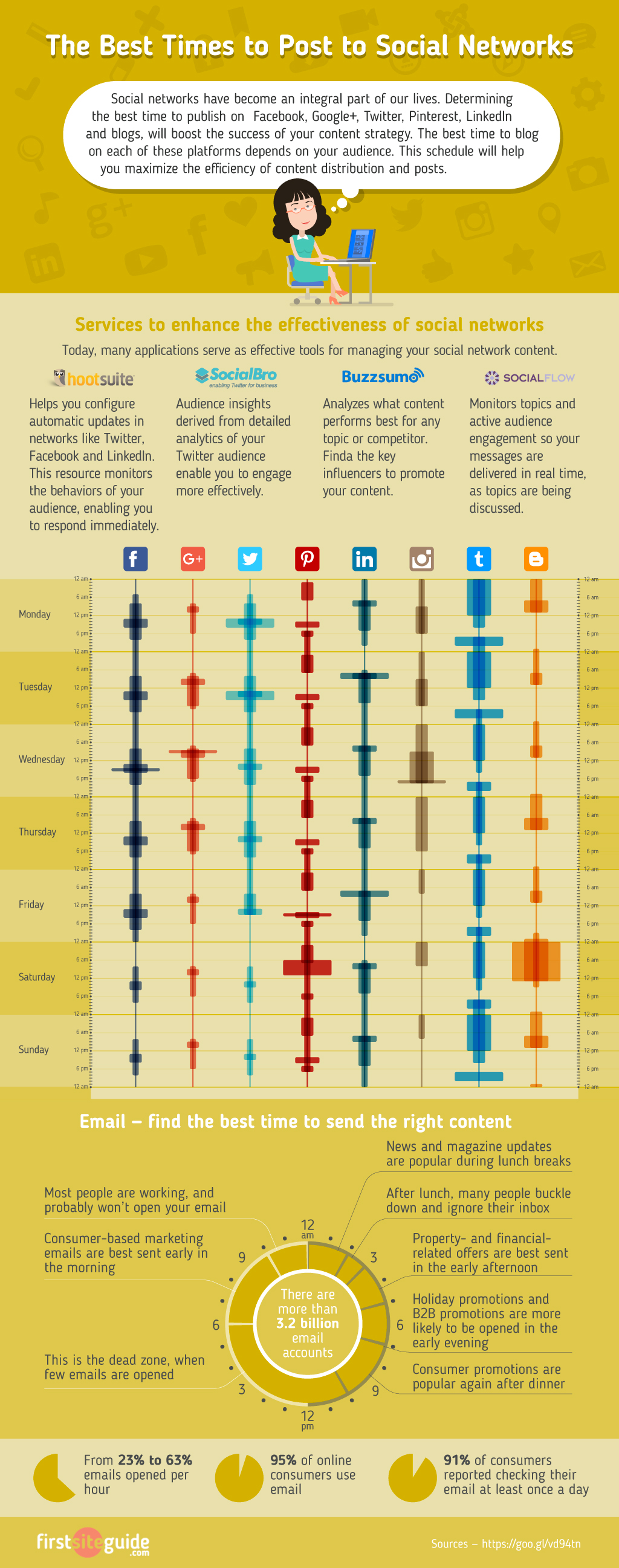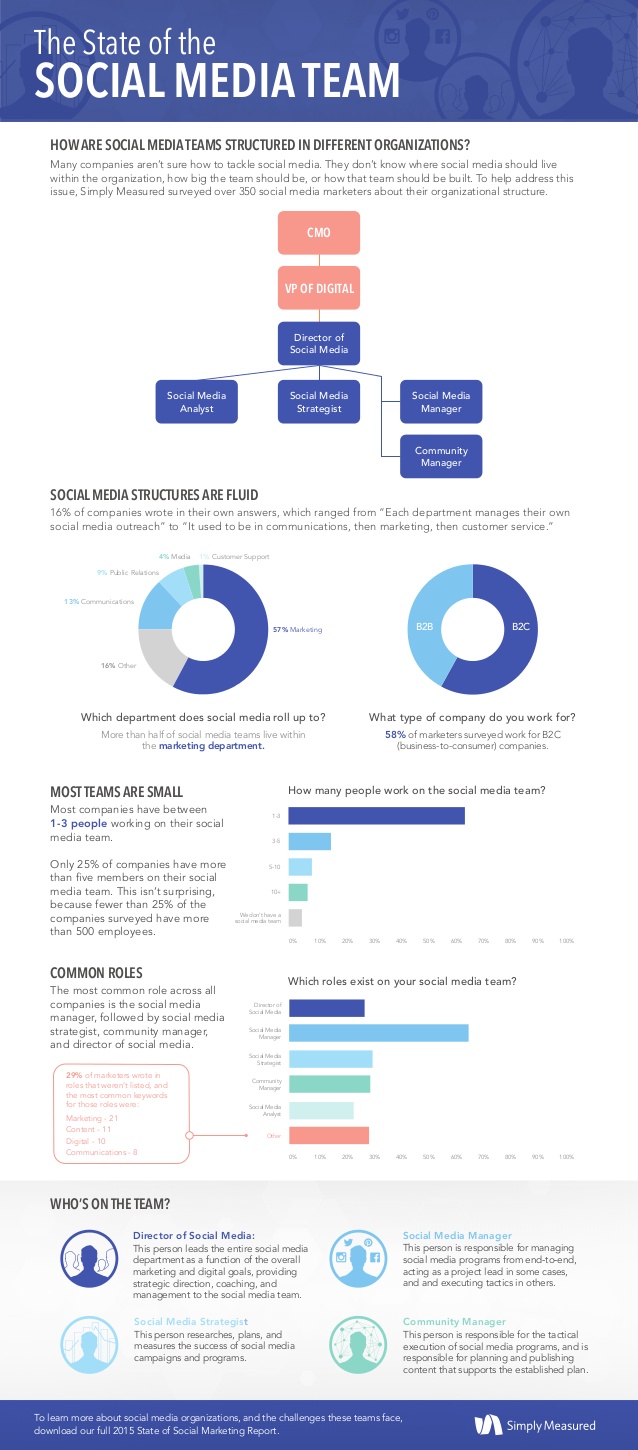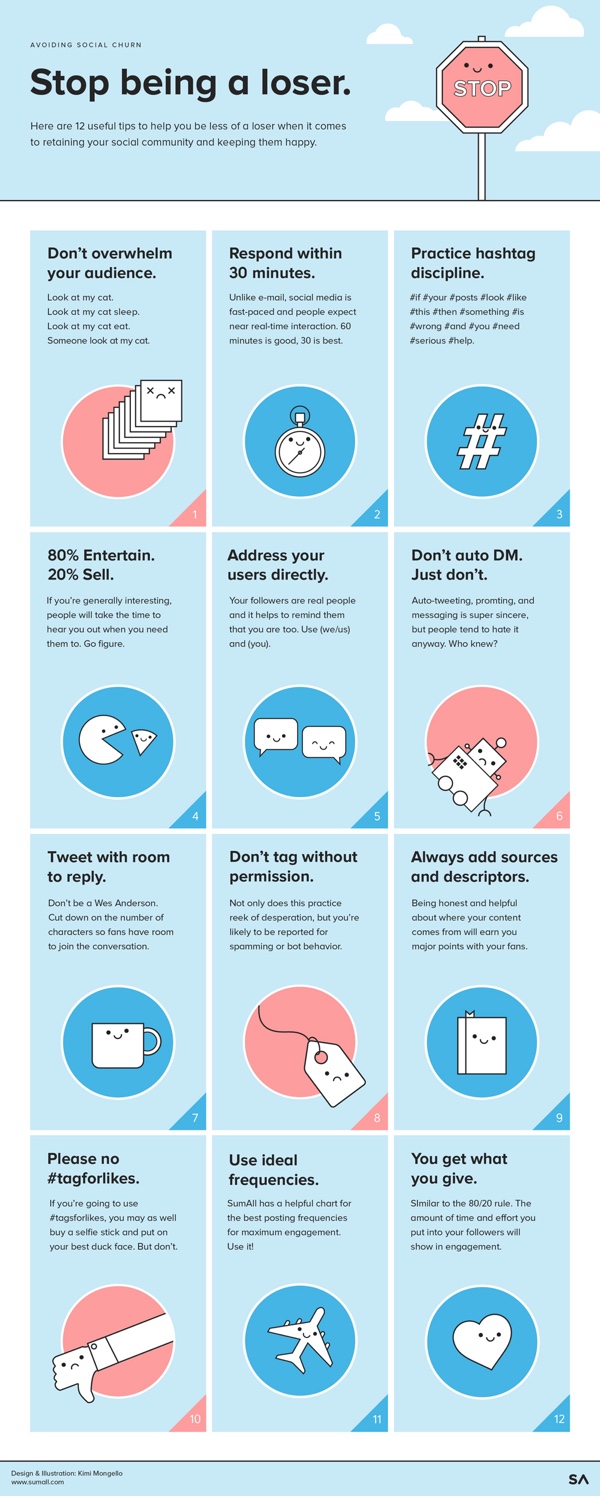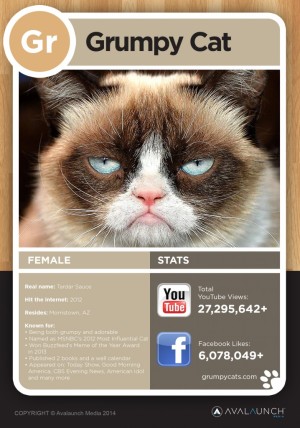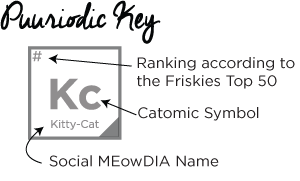Creating Clickable Social Cards
The How to Create Clickable Social Cards infographic walks you through the process of using the AnyImage.io site to create social media cards for any of the major social media platforms, such as Facebook, Twitter, Google+ and LinkedIn.
AnyImage is a unique web-based tool that enables you to transform regular images into clickable social cards, linking to any web page of your choice. The cards can be shared on a number of social platforms including Facebook, Twitter, LinkedIn and Google+
A study by Facebook themselves reported that users were able to increase traffic from the platform by a whopping 250%, simply by using clickable social cards. Thanks to AnyImage, you can begin creating your own cards in just a matter of seconds (for free).
We’ve created this useful infographic (below) to explain exactly how AnyImage works. Enjoy!
This is a fantastic use of an infographic as How-To explanation for a company's product or service! Most products have at least a small learning curve, and a clear infographic design can help get your customers over that initial hurdle using your service.









 Randy
Randy


